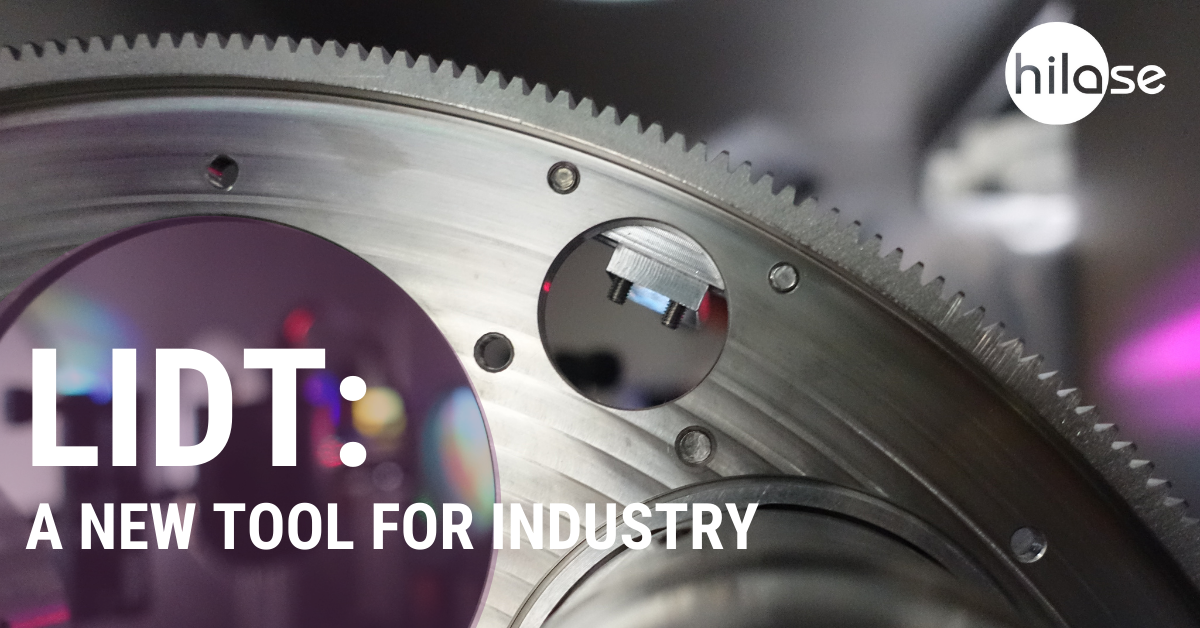Laser Induced Damage Threshold (LIDT) is an established method used to estimate the maximum affordable energy or power that a particular optical component may handle without detrimental damage.

This method was originally developed mostly for laser optics manufacturers, however the growing market for high-power laser devices triggered the need for precise testing and measurement tools. In particular, when a new material or manufacturing technology emerges, it is essential to validate such a part for laser induced damage performance to determine the scope of its usability. As a result, LIDT is nowadays very well applicable in other fields, such as machine integrating or (micro)machining.
LIDT testing procedures are ideal to measure dependency of ablated material volume on energy in various kinds of laser cutting, drilling or other means of material removal, allowing proper setup of processing conditions and optimisation of the whole process.
A very good example of application of LIDT in industry is protective coatings removal. If the tool needs to be sharpened, repaired, or the protective layer needs to be restored, the current layer has to be removed. Standard removal methods are based on chemical etching which is energy-demanding and brings a significant environmental burden. The replacement with efficient laser ablation could shorten the removal process time, decrease environmental impact and reduce overall costs.
To ensure the reliability and portability of LIDT results among different testing facilities, the LIDT method was recognised by the International Standards Organisation (ISO) in a series of ISO 21254 standards. See the certificate of our LIDT laboratory.
Click here to find more details on LIDT applications and results in the article of our colleague Jan Vanda for the AILU LASER USER MAGAZINE (ISSUE 100 SPRING 2021).









